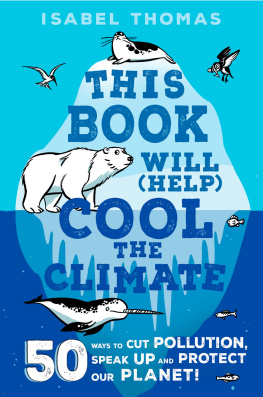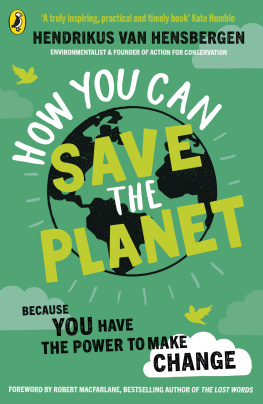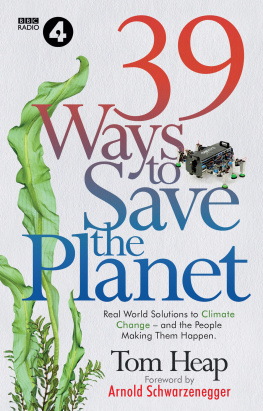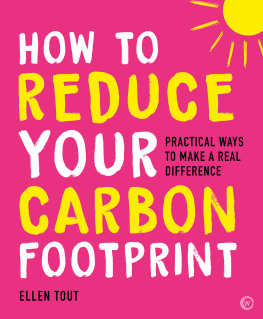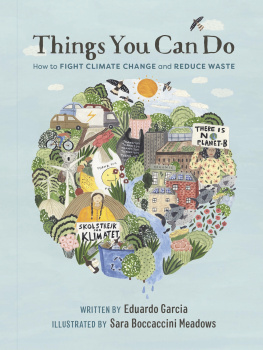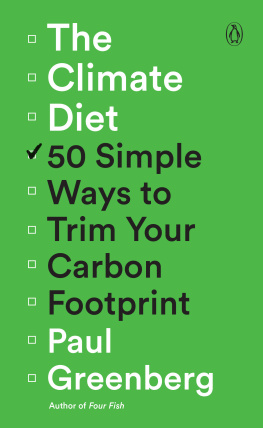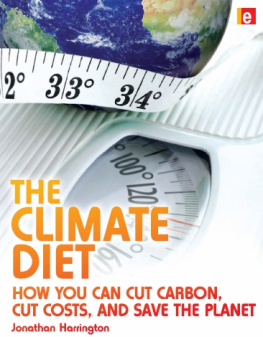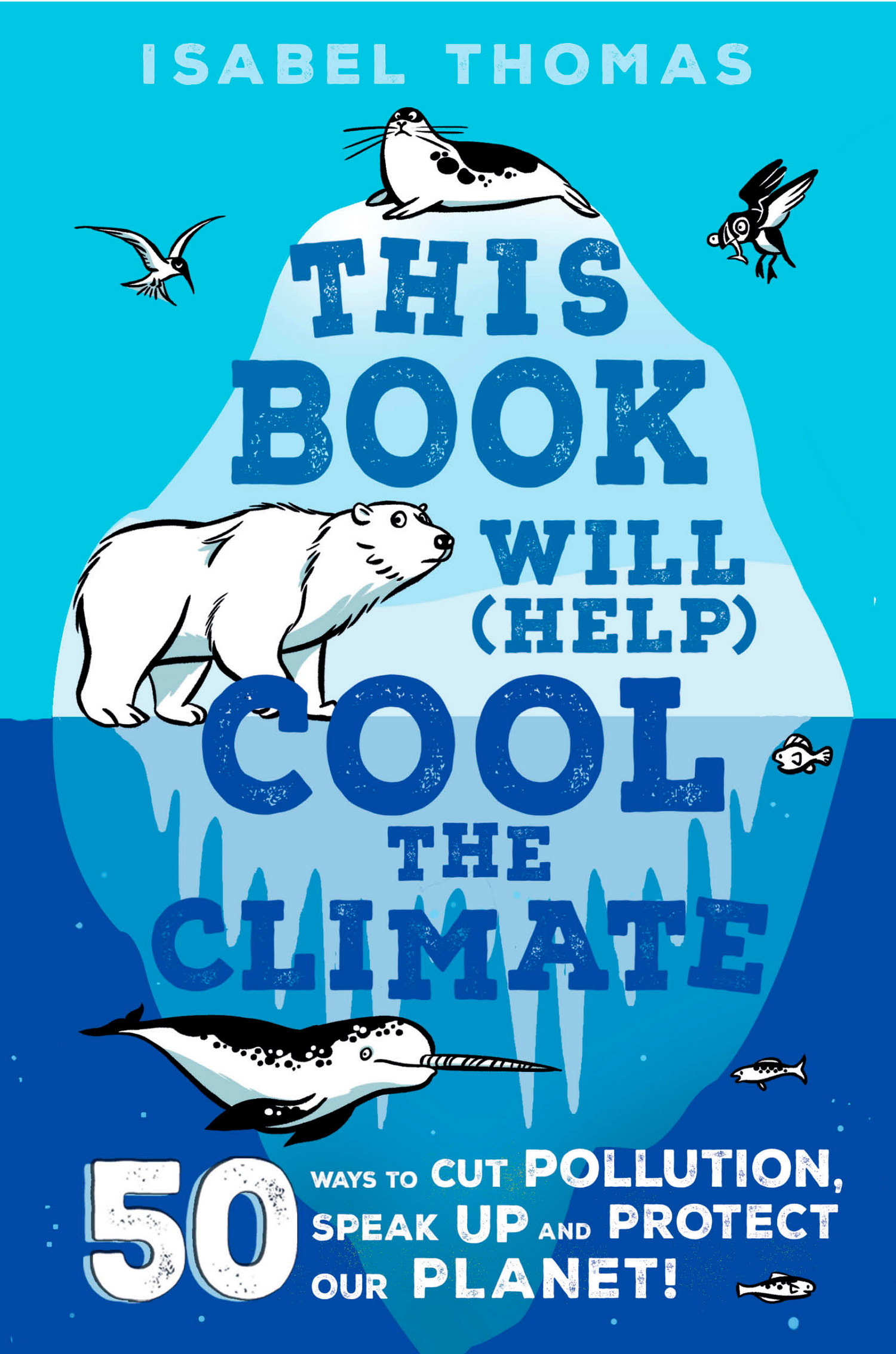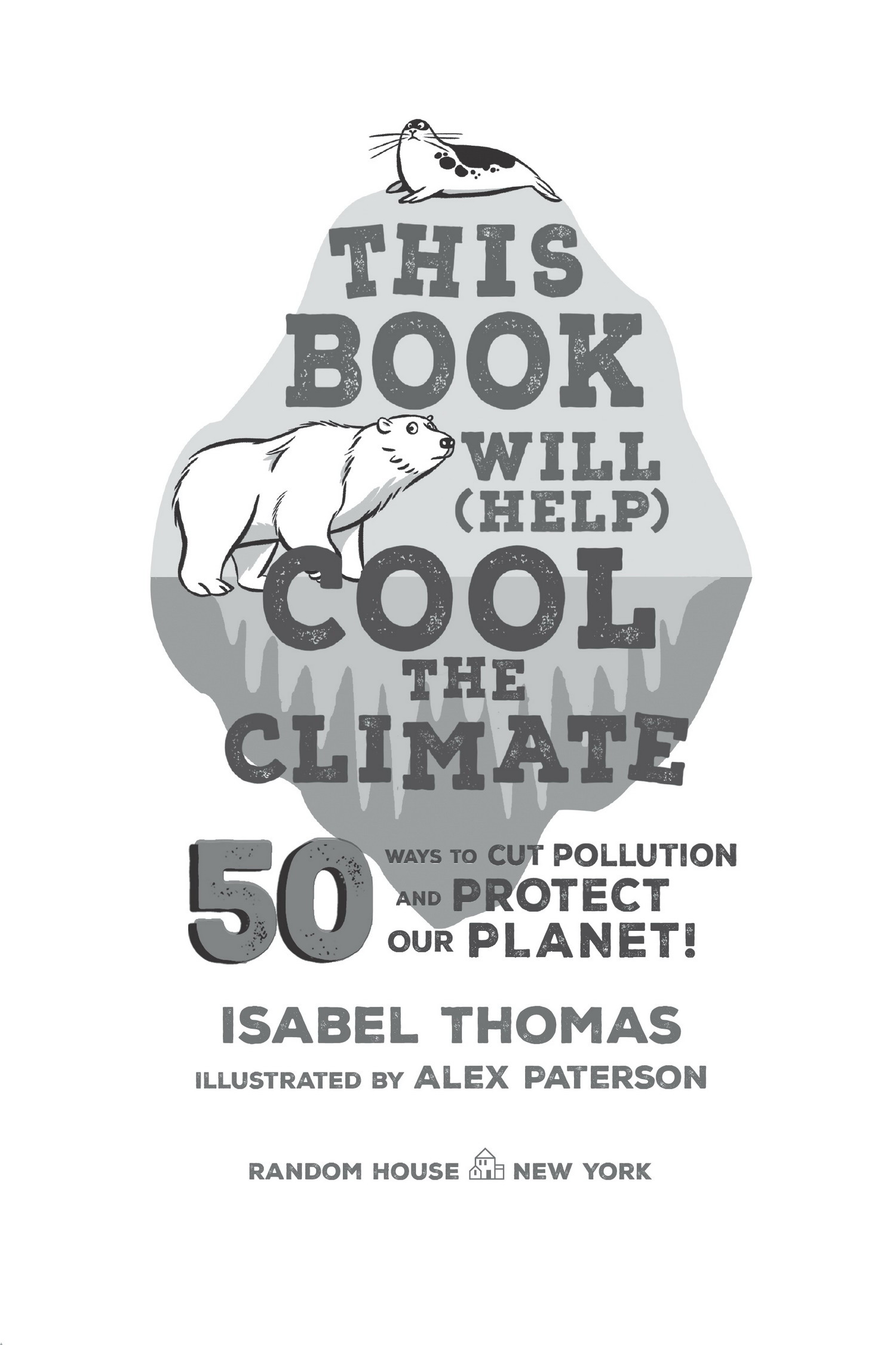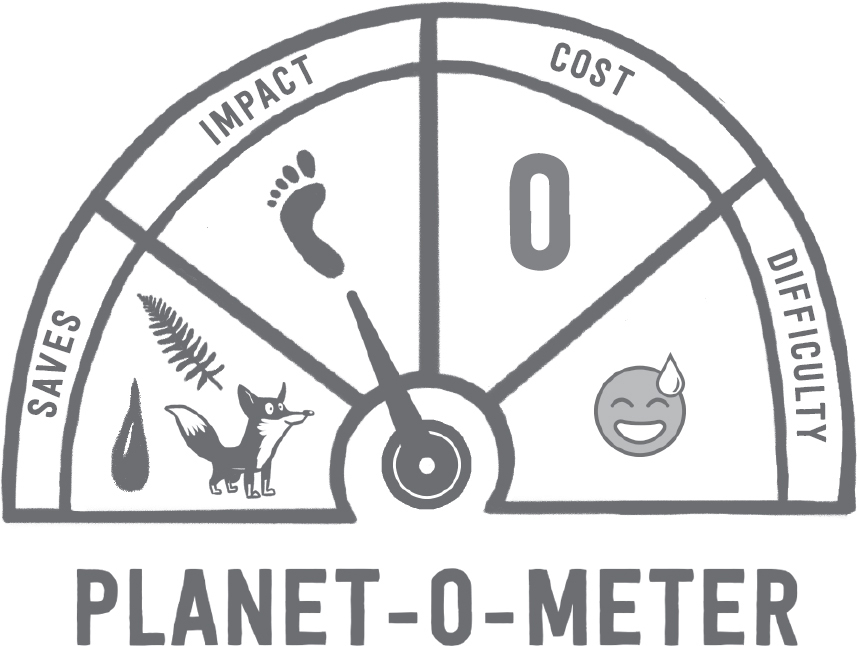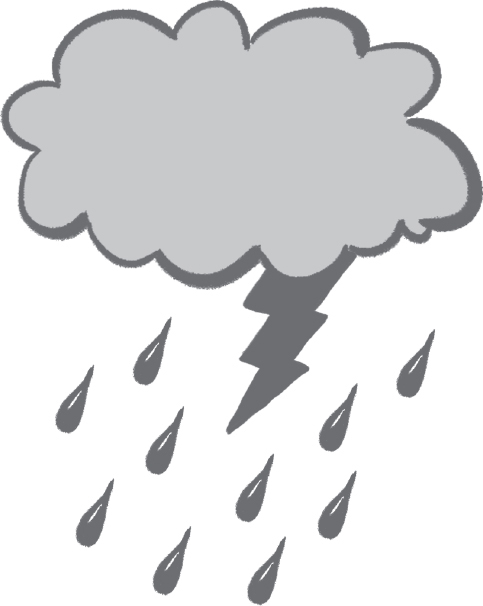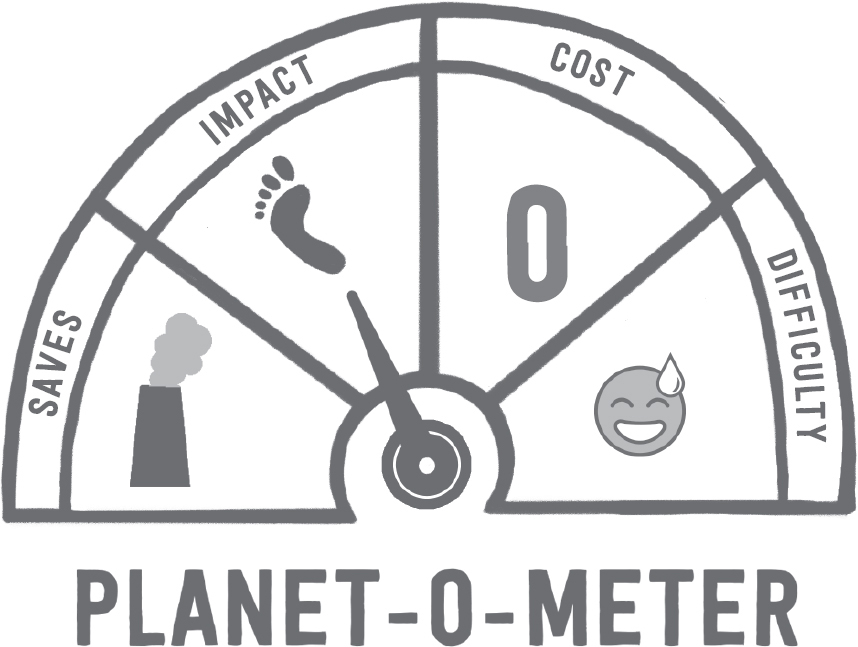Contents
Landmarks
Print Page List
Text copyright 2018 by Isabel Thomas
Cover art and interior illustrations copyright 2018 by Alex Paterson
Additional images courtesy of Shutterstock
All rights reserved. Published in the United States by Random House Childrens Books, a division of Penguin Random House LLC, New York. Originally published in paperback by Wren & Rook, an imprint of Hachette Childrens Group, London, in 2018.
Random House and the colophon are registered trademarks of Penguin Random House LLC.
Visit us on the Web! rhcbooks.com
Educators and librarians, for a variety of teaching tools, visit us at RHTeachersLibrarians.com
Library of Congress Cataloging-in-Publication Data is available upon request.
ISBN 978-0-593-30870-7 (hardcover) | ISBN 978-0-593-30871-4 (lib. bdg.) | ISBN 978-0-593-30872-1 (ebook)
Ebook ISBN9780593308721
Random House Childrens Books supports the First Amendment and celebrates the right to read.
Penguin Random House LLC supports copyright. Copyright fuels creativity, encourages diverse voices, promotes free speech, and creates a vibrant culture. Thank you for buying an authorized edition of this book and for complying with copyright laws by not reproducing, scanning, or distributing any part in any form without permission. You are supporting writers and allowing Penguin Random House to publish books for every reader.
a_prh_5.6.1_c0_r0

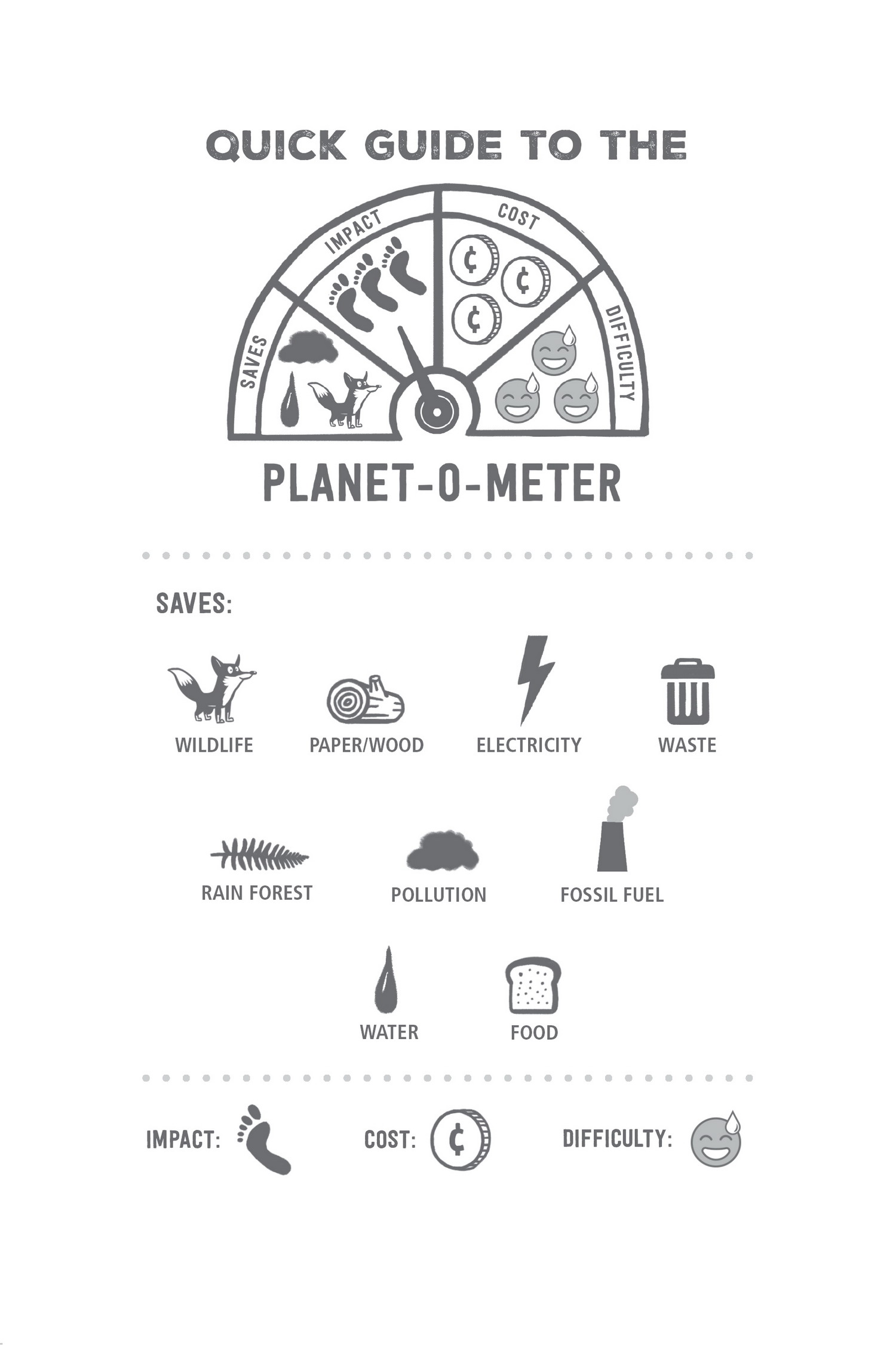
Knowledge is your number one weapon in the fight against climate change. Lets start by finding out whats so special about Earths climate.
If you could choose to live ANYWHERE in our solar system, youd probably still pick Earth. While parts of our planet can get as toasty as 136.4 Fahrenheit (F) or as ch-ch-chilly as 126.4F, the average surface temperature is a comfortable 59F. Compare this to Mars, with an average temperature of 81.4F, and its easy to see why we stay put!
Earths temperature is just right for living things, and not only because of our prime position in the solar system. After all, Earth and the moon are roughly the same distance from the sun, and yet from day to night the moons surface temperature swings between 279.4F and 260.6F. The secret to Earths success is our atmospherethe thin layer of air around the planet. This atmosphere is a mixture of various gases:
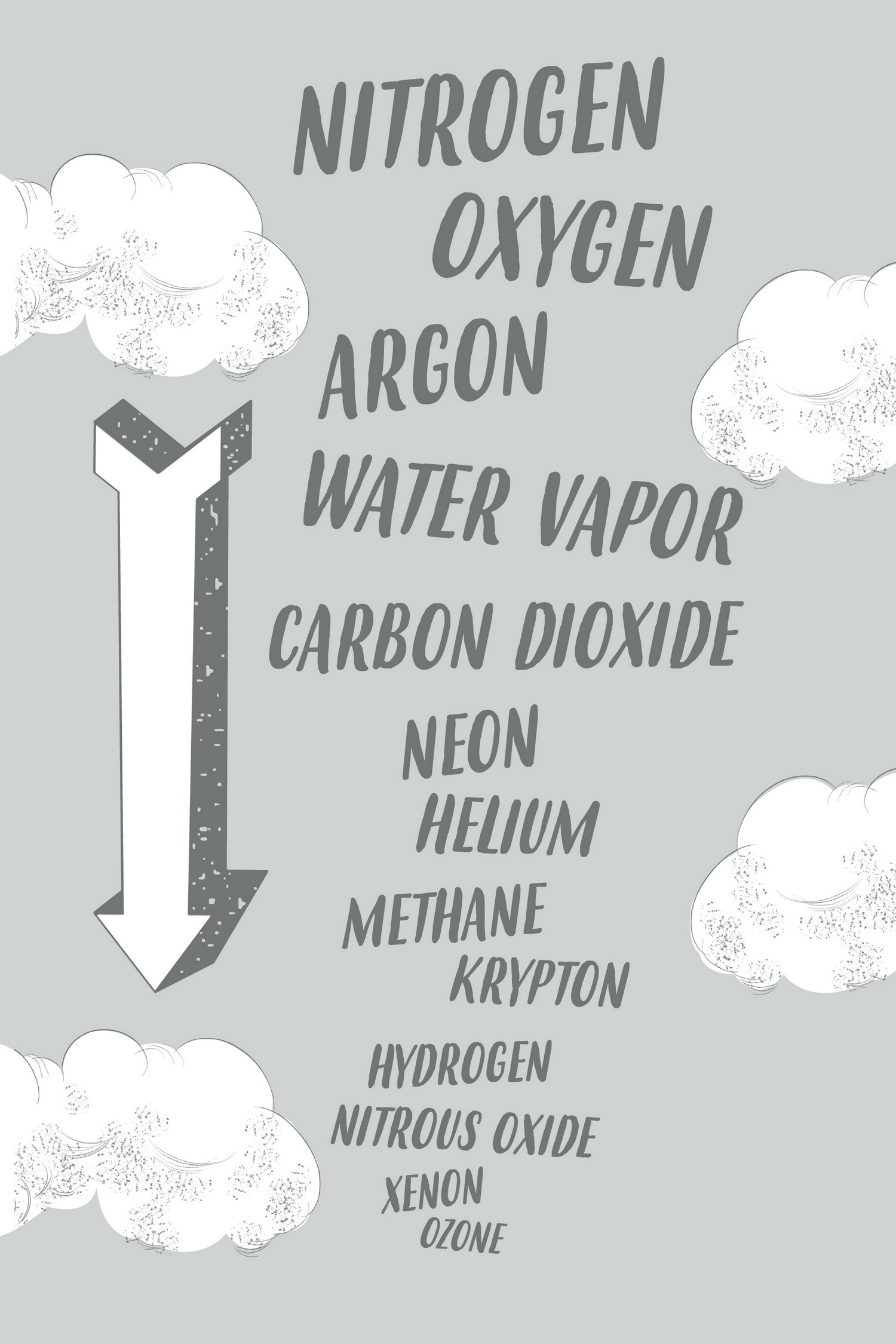
Some of these gasesespecially water vapor, carbon dioxide, methane, and nitrous oxideare known as greenhouse gases, because they trap some of the suns energy as heat. Step inside a greenhouse and youll notice a BIG temperature difference between the air inside and outside. The glass walls and roof of a greenhouse are good at letting sunlight in, which warms up everything inside. But the glass is bad at letting this heat out again. The air inside the greenhouse becomes so warm that it creates a different climateone where all sorts of plants thrive. Greenhouse gases work in a similar way on a much bigger scale, keeping the whole planet warmer than it would otherwise be.
The natural greenhouse effect is a good thing. It stops the energy that reaches Earth from escaping back into space (like it does on the moon), making life on Earth possible. Without the greenhouse gases in our atmosphere, the average temperature on Earth would be around 0.4 to 9.4F!
But a few decades ago, scientists noticed something worrying. The greenhouse effect is increasing, trapping more of the suns energy than normal. Around the world, each of the last three decades has been warmer than ANY other decade in the past 170 years. In the United States, for example, the average January temperature from 1991 to 2020 was 32.35F, compared to an average of 30.13F for the 20th century. A similar average rise has been measured around the world. These arent just the findings of one or two scientists, but THOUSANDS of studies.
Earths average surface temperature has risen by almost 2F since 1800, when recordkeeping began.
A 2F temperature rise doesnt SOUND too bad, but its not just Earths average temperature thats changing. Earths water and weather cycles are driven by the suns energy. Global warming has already changed patterns of local weather conditions. Northern Europe and parts of Asia and North America have become wetter since 1900, with less snow and heavier rainstorms. At the same time, parts of Africa, the Mediterranean, and Asia have become drier. In the Arctic (where temperatures are rising faster than everywhere else), less sea ice has formed every winter since 1979. Glaciers around the world are shrinking as their ice melts more quickly than normal. The same is happening to the huge ice sheets that cover Greenland and Antarctica. All this melted ice has to go somewhere, and between 1901 and 2010, the average global sea level rose by 7.5 inches.
Armed with these facts, youll be able to explain to anyone that theres no doubt that global warming and climate change have already happened. But will the temperature and the sea level keep rising? To answer that, you need to know what turbocharged the greenhouse effect in the first place.
When scientists notice something as weird and as worrying as global warming, they work as detectives to find out whats going on. If we think about global warming as a crime scene, theyve found human fingerprints all over it.

